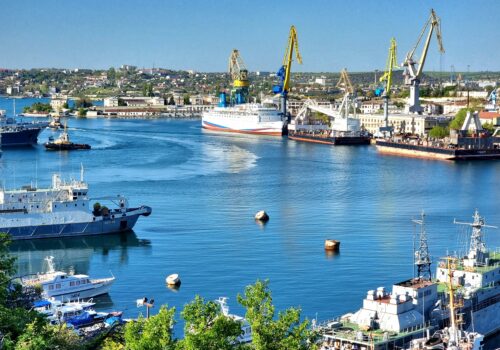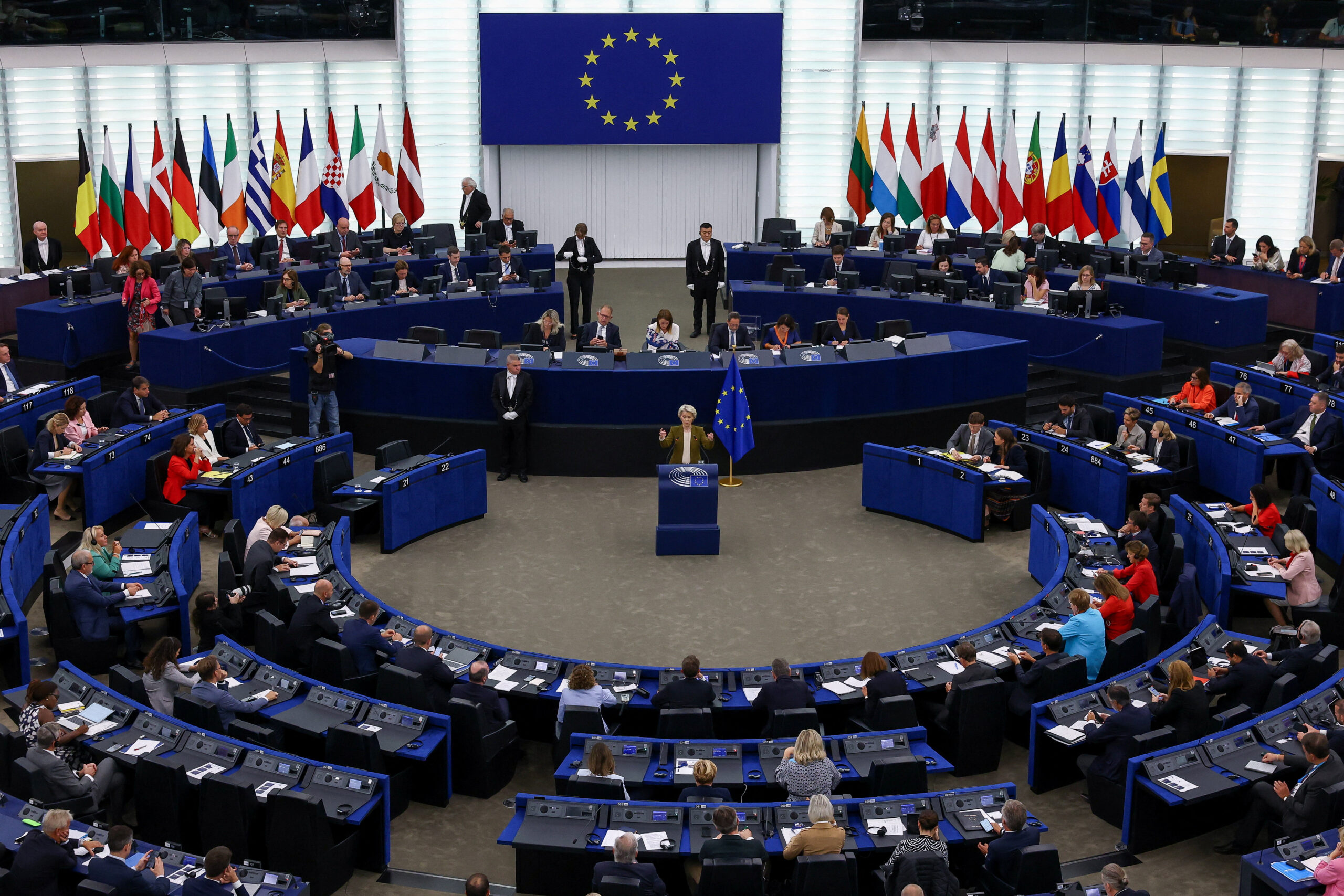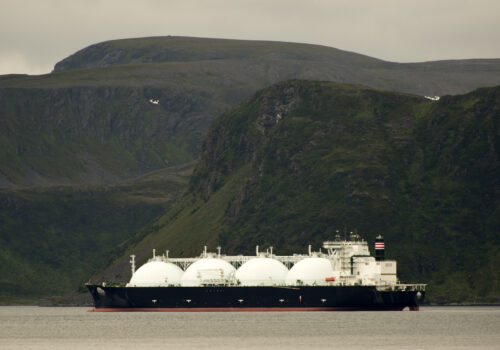Enhancing NATO’s operational readiness through energy interoperability
NATO’s operational readiness faces a critical challenge as energy systems have become a primary military target in modern conflict. The most alarming example of this is Russia’s strikes on Ukraine’s grid, fuel depots, and pipelines. The attacks have disrupted both military operations and civilian life, cutting electricity to defense industries, constraining fuel supplies for frontline units, and forcing costly diversions of air defenses to protect critical infrastructure. Adversaries are also testing vulnerabilities across the Alliance, from cyberattacks on power networks in Poland to the sabotage of undersea power cables in the Baltic Sea, underscoring the risks to the energy infrastructure on which NATO operations depend.
At the 2025 Hague Summit, allies agreed to raise defense spending to 5 percent of GDP by 2035, with up to 1.5 percent annually dedicated to protecting critical infrastructure, defending networks, and strengthening civil preparedness. The commitment offers NATO a timely opportunity to address energy as a core vulnerability and ensure that interoperability—from common fuel standards to compatible power systems—is embedded in future defense planning.
Enhancing energy interoperability would provide practical ways to keep forces powered and connected in the event of a disruption or attack by an adversary. Shared standards for fuels, power systems, and connectors would enable allied forces to operate more cohesively—if one nation’s supplies or infrastructure are disrupted, their forces could effectively “plug and play” using another ally’s systems to sustain operations. By directing resilience funds toward dual-use projects—such as interoperable charging networks, adaptable refueling corridors, and smart grids designed with military compatibility—member states can provide NATO forces with flexible infrastructure that ensures continuity of operations while also reinforcing civilian resilience.
Maximizing this opportunity will require NATO and its member states to align their approaches to energy as a tool of national security. By agreeing to collective interoperability standards, coordinating energy planning across governments, and creating structured mechanisms for industry engagement, NATO can ensure that energy becomes a source of strength rather than vulnerability.
View the full issue brief
about the authors
related content
stay connected
Sign up for PowerPlay, the Atlantic Council’s bimonthly newsletter keeping you up to date on all facets of the energy transition
explore our work

The Global Energy Center develops and promotes pragmatic and nonpartisan policy solutions designed to advance global energy security, enhance economic opportunity, and accelerate pathways to net-zero emissions.
Image: Meeting of the North Atlantic Council (NAC) at the level of Heads of State and Government. Source: NATO






